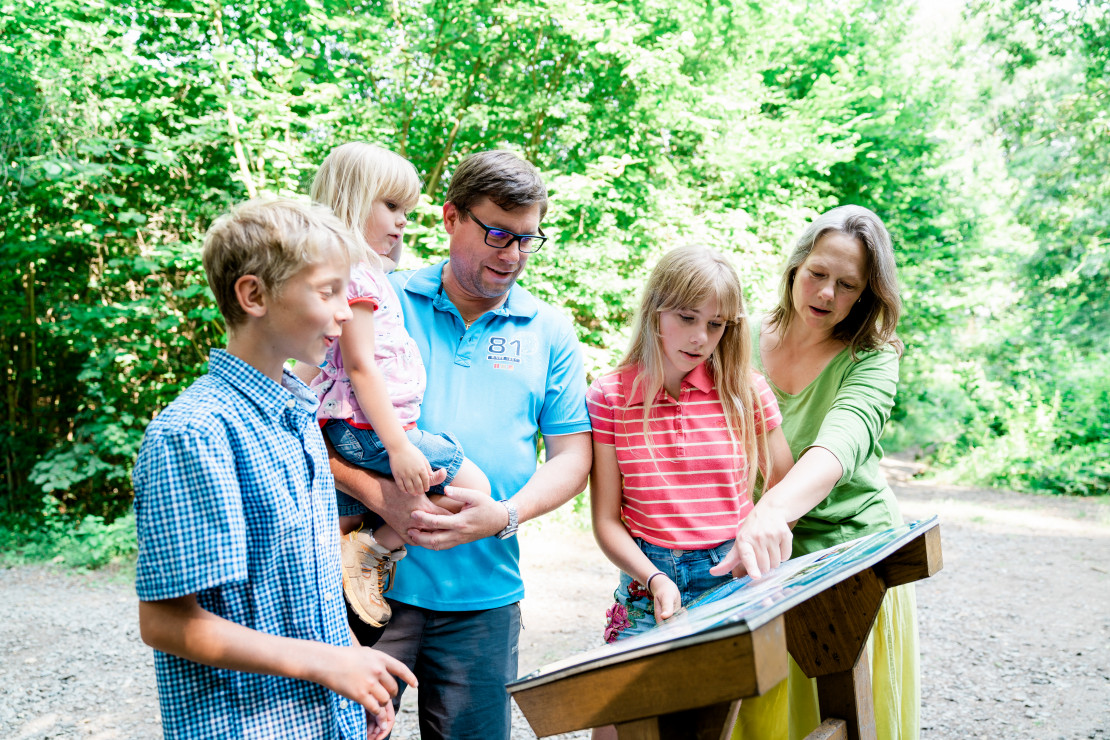Green is in our nature...
The fact that Kassel has so many green oases for visitors and residents to enjoy is above all due to the city's history: it was once the capital of the landgraves and later electors of Hesse. With the UNESCO World Heritage Site Bergpark Wilhelmshöhe and Karlsaue park, Kassel's landgraves created not just one but two monumental landscape parks that continue to fascinate visitors from all over the world.
You'll also find plenty of other parks and green spaces in Kassel, each with its own unique character. The former Buga national flower and gardening show grounds, for example, are perfect for more athletic leisure time activities and a refreshing dip into the river, particularly in the summer. They are located immediately opposite Karlsaue park. Park Schönfeld, with its small romantic palace and the botanical gardens, is also captivating, and right in the Kassel city centre, you'll keep on stumbling across the "7000 Oaks" which the world-famous artist Joseph Beuys had planted here during a documenta.
By the way, you'll see even more trees in the landscape that surrounds Kassel, which inspired many famous fairy tales: look forward to some excellent hiking through the dense forests that cover much of the Mittelgebirge low mountain ranges on the footsteps of the Grimm brothers. Let's go: we have compiled some tips for you on where best to enjoy "green Kassel"!









